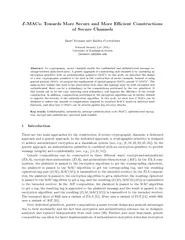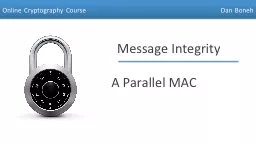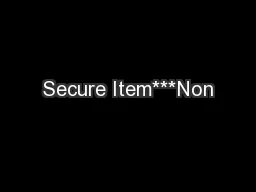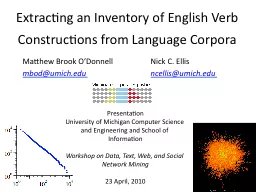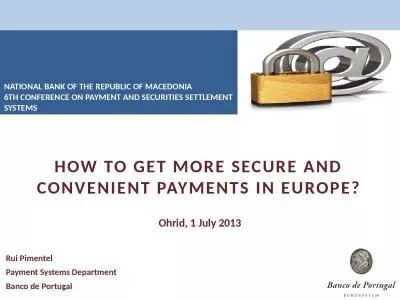PDF-MACs Towards More Secure and More Ecient Constructions
Author : mitsue-stanley | Published Date : 2015-05-20
edu Abstract In cryptography secure channels enable the con64257dential and authenticated message ex change between authorized users A generic approach of constructing
Presentation Embed Code
Download Presentation
Download Presentation The PPT/PDF document "MACs Towards More Secure and More Ecient..." is the property of its rightful owner. Permission is granted to download and print the materials on this website for personal, non-commercial use only, and to display it on your personal computer provided you do not modify the materials and that you retain all copyright notices contained in the materials. By downloading content from our website, you accept the terms of this agreement.
MACs Towards More Secure and More Ecient Constructions: Transcript
Download Rules Of Document
"MACs Towards More Secure and More Ecient Constructions"The content belongs to its owner. You may download and print it for personal use, without modification, and keep all copyright notices. By downloading, you agree to these terms.
Related Documents

